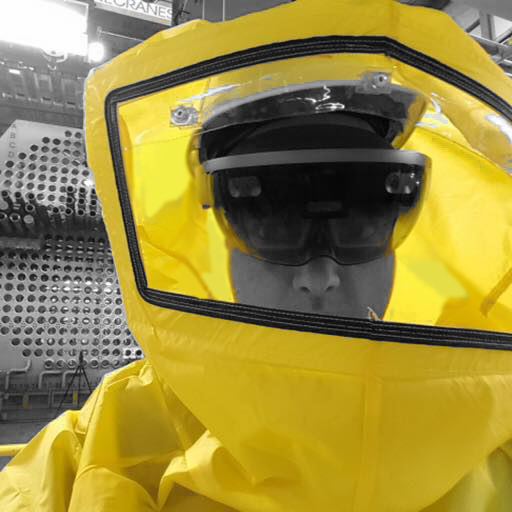- Technology
- SEE MORE
- classical
- general
- talk
- News
- Family
- Bürgerfunk
- pop
- Islam
- soul
- jazz
- Comedy
- humor
- wissenschaft
- opera
- baroque
- gesellschaft
- theater
- Local
- alternative
- electro
- rock
- rap
- lifestyle
- Music
- como
- RNE
- ballads
- greek
- Buddhism
- deportes
- christian
- piano
- djs
- Dance
- dutch
- flamenco
- social
- hope
- christian rock
- academia
- afrique
- Business
- musique
- ελληνική-μουσική
- religion
- World radio
- Zarzuela
- travel
- World
- NFL
- media
- Art
- public
- Sports
- Gospel
- st.
- baptist
- Leisure
- Kids & Family
- musical
- club
- Culture
- Health & Fitness
- True Crime
- Fiction
- children
- Society & Culture
- TV & Film
- gold
- kunst
- música
- gay
- Natural
- a
- francais
- bach
- economics
- kultur
- evangelical
- tech
- Opinion
- Government
- gaming
- College
- technik
- History
- Jesus
- Health
- movies
- radio
- services
- Church
- podcast
- Education
- international
- Transportation
- Other
- kids
- podcasts
- philadelphia
- Noticias
- love
- sport
- Salud
- film
- and
- 4chan
- Disco
- Stories
- fashion
- Arts
- interviews
- hardstyle
- entertainment
- humour
- medieval
- literature
- alma
- Cultura
- video
- TV
- Science
- en
Averting Nuclear Disaster with AR, with Packet39s Shachar Vice Weis

Nuclear energy is no joke, and to\ntrain to work in the field can be risky and costly\u2026 unless you\u2019re\ntraining in a virtual environment. That\u2019s the kind of technology\nShachar \u201cVice\u201d Weis, co-founder of VRAL, has been\ndeveloping for the last several years. Alan and Vice discuss the pros\nand\u2026well, are there really any cons to non-radioactive training\nsimulations?\n\n\n\n\n\n\n\nAlan: Welcome to the XR for\nBusiness Podcast with your host, Alan Smithson. Today\u2019s guest is a\ngreat friend, Shachar \u201cVice\u201d Weis. He\u2019s a software\ndeveloper with 25 years experience. He\u2019s worked in many fields and\ndisciplines, from ancient mainframes to tiny system-on-chip units.\nVice has extensive experience with 3D frameworks, game development,\nrobotics, UX design, and automation. He has broad the R&D\nexperience from managing an R&D in a startup environment, to\ndeveloping enterprise solutions in HP Labs and leading an R&D\nteam in the Israeli Navy Computer Center. Vice\u2019s worked in many\nareas, including datamining, web development, virtual reality, 2D and\n3D graphics, image and video processing. And he brings acute\nanalytical skills, system system-wide vision, and experience with\nclients and knowhow in R&D work methodologies. You can learn more\nabout his company, Packet39, it\u2019s packet39.com.\n\n\n\n\nVice, welcome to the show, my friend.\n\n\n\nVice: Hey, good morning. Thanks\nfor having me.\n\n\n\nAlan: It\u2019s my pleasure. I\u2019m\nreally excited. Your presentation is at Virtual Reality Toronto\nmeet-up was mind-blowing. I got there and I sat down, and all of a\nsudden this guy on stage is talking about nuclear reactors and using\nHololenses for training and virtual reality training and simulators.\nAnd I was sitting there with my mouth open the whole time, taking\nphotos and trying to capture all of the goodness. And I\u2019m really\nhonored to have you on the show. How did you get into nuclear? Like,\nwhat happened there?\n\n\n\nVice: Well, as most things in\nlife, it was mostly chance. I met a guy at VRTO \u2014 the Toronto VR\nconference \u2014 three years ago, and he was working for a company that\nprovides services for nuclear power, specifically Oakajee here in\nCanada. And we got to talking and we understood that there was a lot\nof a lot of need and virtual reality could solve some really\ninteresting problems. And we took it from there.\n\n\n\nAlan: VRTO, it\u2019s a small\nconference, but man, the level of quality of the attendees and the\nspeakers at that conference every year is just phenomenal. And it\nfeels like the show keeps getting smaller but more important in its\nstature. So it\u2019s cool to hear that you\u2013\n\n\n\nVice: It\u2019s getting smaller and\nmore condensed and I\u2019ve given a talk at VRTO every year in the last\nthree years and every time it was\u2013\n\n\n\nAlan: Yeah, it\u2019s amazing. This\nis the first year I missed it. I was traveling, but I\u2019m really\nexcited to see what comes next year because I know it got smaller,\nbut it just got\u2013 the people that attended it are really deep into\nthis stuff. So tell us about this nuclear reactor training, kind of\nwhat was the first step with that? How do you start training people\nin VR for nuclear facilities?\n\n\n\nVice: Well, there\u2019s a lot of\nstuff you can do in VR and a lot of stuff that you shouldn\u2019t. And the\ntrick is finding the correct path. We started with a proof of concept\nproject, that was the airlock. And this was new to me as well. I\ndidn\u2019t have any experience in nuclear power specifically, back then\nwhen we started. And it turns out that the entire core, the entire\nfacility where the core is housed is airtight. And to get in and out,\nyou have to go through an